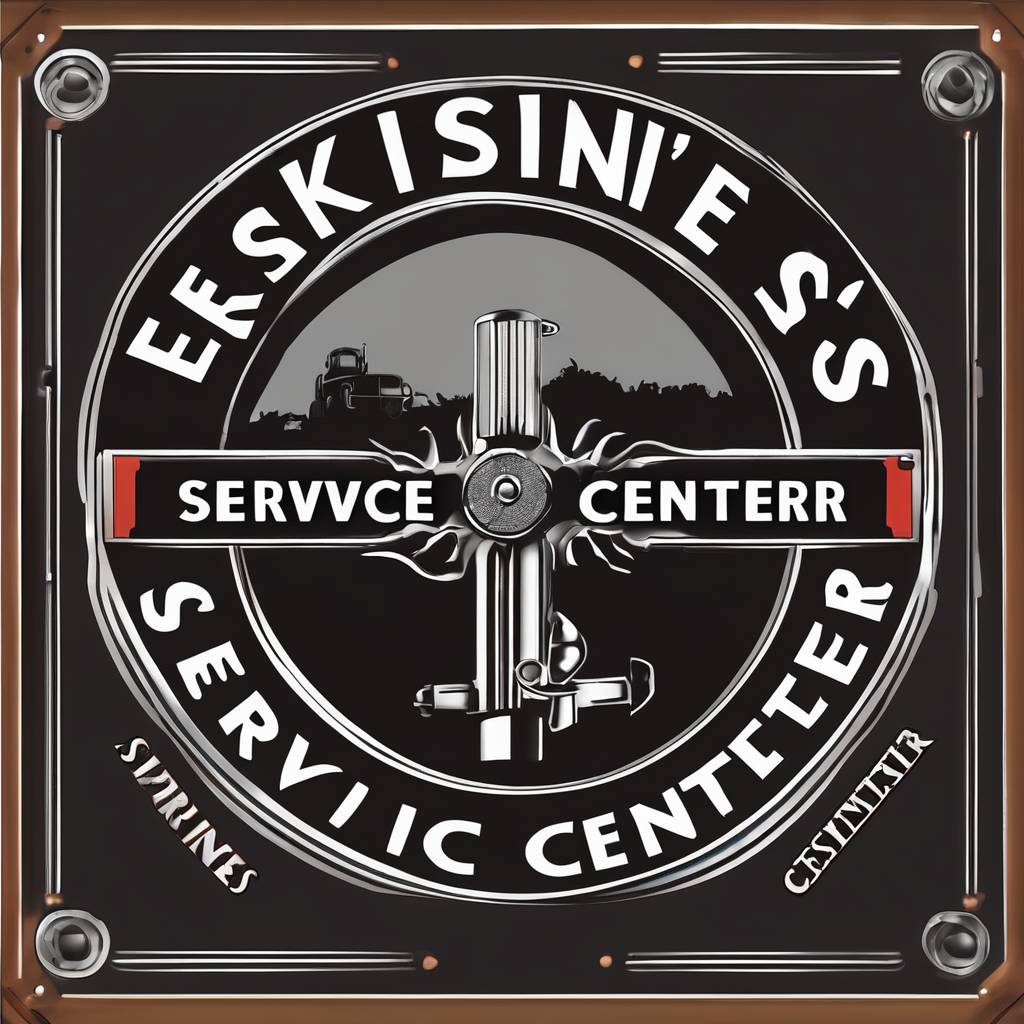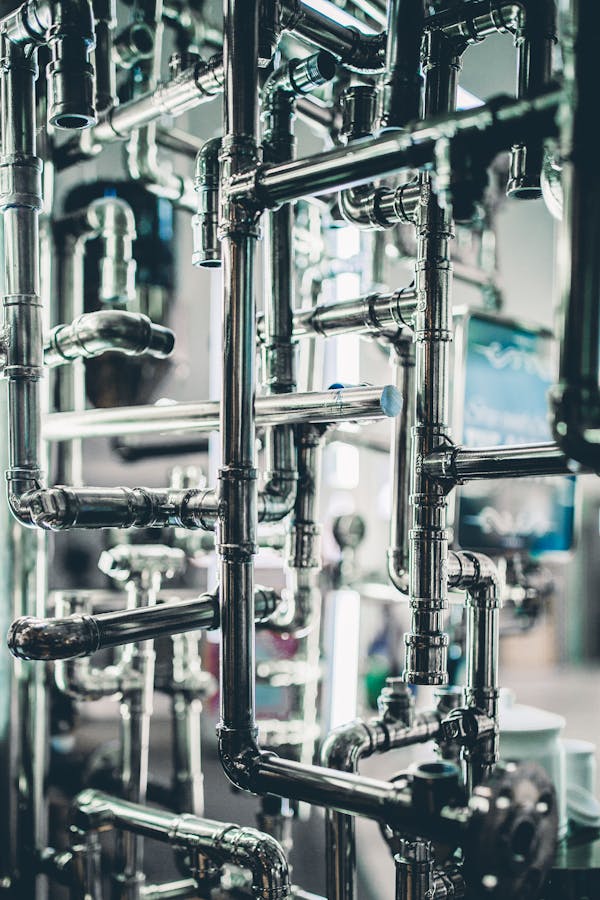Seamless tubes play a vital role across various industries, from automotive to aerospace, offering strength and reliability. This guide explores their manufacturing processes, benefits, and diverse applications. Discover how seamless tubes compare to welded options and find trusted suppliers for your project needs. Whether you’re looking for technical specifications or industry insights, understanding seamless tube solutions can unlock new possibilities for your business.
Overview of Seamless Tubes
Seamless tubes are cylindrical, hollow steel products crafted without any welding seam, offering superior strength and uniformity. These tubes are essential in applications demanding reliability, precision, and high-pressure handling, such as hydraulic systems, construction frameworks, and energy production. When industries need to purchase seamless tube options, they often look for variations that meet strict standards for durability and performance.
A lire en complément : How Can UK Tech Startups Foster a Culture of Innovation?
Key Manufacturing Processes and Materials
The primary production methods for seamless tubes include hot rolling and cold drawing. Hot rolling involves heating the material above its recrystallization temperature and shaping it into tubes, while cold drawing refines dimensions and enhances surface finish at room temperature. This results in tighter tolerances and improved mechanical properties. Common materials used are carbon steel, stainless steel, and alloy steel, each chosen based on specific industry application requirements.
Benefits of Seamless Tubes
Compared to welded alternatives, seamless tubes provide several advantages:
Sujet a lire : How Can UK Tech Startups Foster a Culture of Innovation?
- Higher pressure resistance due to the absence of weld seams.
- Enhanced structural integrity, ensuring better safety and longevity.
- Greater flexibility in terms of design and customization for specialty uses.
These attributes make seamless tubes indispensable across sectors like automotive, aviation, and heavy machinery.
Applications of Seamless Tubes
Use in Construction
Seamless tubes play a vital role in construction by delivering high strength and durability, critical for structural integrity. Their uniform composition allows them to withstand heavy loads, making them ideal for frameworks, scaffolding, and load-bearing columns. Additionally, seamless tube sizes and dimensions can be customized based on project needs, ensuring flexibility. For architectural designs, their smooth finish and consistent quality enhance aesthetic appeal while maintaining structural reliability.
Automotive Applications
Within the automotive sector, seamless tube applications shine in components requiring precision and resilience. They are commonly used in hydraulic systems, brake lines, and engine parts due to their ability to endure high pressures and temperatures. Seamless tube standards ensure that these components meet stringent safety and performance requirements. The variety of seamless tube specifications, including cold drawn options, enables manufacturers to optimize designs for different vehicles, whether passenger cars or heavy-duty trucks.
Oil and Gas Industry
The oil and gas sector benefits significantly from seamless tubes, particularly for high-pressure and corrosive environments. These tubes are essential in pipelines, drilling rigs, and offshore platforms. Seamless tube manufacturing processes, such as cold drawing, produce tubes with enhanced mechanical properties, ensuring reliability under extreme conditions. Standardized seamless tube sizes and dimensions contribute to easier installation and compatibility across diverse systems, improving operational efficiency.
Manufacturing Process of Seamless Tubes
Overview of Production Techniques
The seamless tube manufacturing process begins with a solid steel billet, which is heated and pierced to create a hollow tubular structure. This process eliminates the need for welding, giving seamless tubes superior strength and uniformity. Depending on the application, the tube can undergo various techniques such as hot rolling or cold drawing to achieve the desired seamless tube specifications. Each step ensures dimensional accuracy, excellent mechanical properties, and a high-quality surface finish.
Cold Drawn vs Hot Finished Tubes
Cold drawn seamless tubes, created using a precisely controlled cooling and shaping process, boast tighter tolerances and superior mechanical properties compared to hot-finished tubes. Their smooth surface and high strength make them suitable for demanding applications such as hydraulic systems. Hot-finished tubes, while less precise, allow faster production and are generally used in structural applications where extreme precision is less critical. Understanding the differences ensures seamless tube applications are tailored to their intended purpose.
Compliance with Industry Standards
Adherence to seamless tube standards, such as ASTM or European norms, guarantees that tubes meet stringent industry requirements for safety and reliability. These standards ensure seamless steel tube characteristics, like tensile strength and corrosion resistance, match the needs of industries including construction, oil and gas, and aerospace.
Specifications and Standards for Seamless Tubes
Material Specifications
Seamless tubes are crafted from diverse materials, including carbon steel, alloy steel, and stainless steel, each tailored to meet specific industrial demands. Their strength, corrosion resistance, and temperature endurance make them ideal for high-pressure hydraulic applications, oil and gas transport, and heavy machinery. Adhering to ASTM specifications for seamless tubes, commonly utilized grades like ASTM A53 and A106 ensure consistency in performance. Meanwhile, European seamless tube standards such as EN 10216 and EN 10297 provide robust regulations for mechanical attributes and chemical composition, enhancing global compatibility.
Dimensional Standards
Dimensional uniformity is another critical factor. Seamless tube sizes and dimensions are engineered to match precise industry requirements, ranging from thin-walled tubes for pharmaceutical use to large-diameter options for structural applications. Standards including ASTM and EN codes dictate both outer diameters and wall thicknesses, ensuring versatility without compromising function.
Quality Control and Testing
High-quality seamless tubes undergo rigorous inspection processes, from ultrasonic testing to dimensional verification, to meet stringent quality standards for seamless tubes. This meticulous attention ensures durability and reliability in the harshest conditions, making seamless tubes indispensable across modern industrial applications.
Sources and Suppliers of Seamless Tubes
How to Find Reliable Suppliers
Finding dependable suppliers of seamless tubes is crucial for ensuring your project’s success. Begin by examining the supplier’s reputation and experience, particularly whether they specialize in specific industries, such as hydraulic systems or stainless steel seamless tubes. Check for certifications that demonstrate adherence to strict quality standards for seamless tubes like ASTM or European regulations. Evaluating customer reviews and inspecting prior collaborations can provide insights into their reliability. Finally, confirm their ability to cater to custom needs, such as unique seamless tube sizes and dimensions.
Advantages of Sourcing Locally vs Internationally
Local suppliers offer swift seamless tube delivery timelines, lower transportation costs, and easier communication. However, international suppliers often provide competitive pricing for seamless tube materials and access to advanced seamless tube manufacturing processes. Weighing these factors against your project’s deadlines and budget is key to making an informed choice.
Customization Options for Specific Needs
For applications requiring tailored solutions, such as cold drawn seamless tubes for aerospace or structural projects, collaboration with suppliers offering custom seamless tube fabrications is invaluable. This includes specifying seamless steel tube characteristics, precise dimensional needs, or specialized finishes suited for high-pressure or corrosive environments. These customizations ensure performance, safety, and longevity.
Pricing and Market Trends
Factors Influencing Pricing
The cost of seamless tube per meter depends on multiple variables. The most significant factors include raw material prices, particularly for steel or alloy compositions, and the manufacturing process used. Cold drawn seamless tubes, for instance, often cost more due to their tighter tolerances and enhanced mechanical properties compared to hot finished seamless tubes. Market demand plays a pivotal role—high-demand applications such as hydraulic systems or construction projects can drive higher pricing. Additional influences include size, wall thickness, surface finish, and quality certifications such as ASTM or European standards compliance.
Current Market Trends
In the seamless tube market, trends reflect a growing demand for high-strength, precision-engineered tubes. Industries like aerospace, oil and gas, and automotive have increasingly shifted to seamless solutions due to their advantages in durability and performance under pressure. Innovations in manufacturing processes, like cold drawing technology, have further optimized production, enabling precise dimensions and an improved cost-to-performance ratio. Buyers are also leaning towards more sustainable and corrosion-resistant materials, such as stainless steel seamless tubes, in alignment with broader industry regulations.
Cost Comparison with Other Tube Types
When comparing costs, seamless tubes generally command a premium over welded tubes due to their superior strength and reliability. Welded tubes, while economical, can be susceptible to weaknesses at the seam, especially under high pressure. The seamless option, despite the higher price per meter, is preferred in sensitive applications where safety, durability, and quality standards cannot be compromised.
Technical Insights and Innovations
Recent Innovations in Manufacturing
The advancements in seamless tube technology have revolutionized the manufacturing process, enhancing both efficiency and product quality. Modern techniques like cold drawing enable the production of seamless tubes with tighter tolerances, superior mechanical properties, and improved surface finishes. These advancements are particularly beneficial in industries demanding high precision, such as automotive and aerospace. Hot finishing techniques remain integral for producing larger dimension tubes, complementing the cold drawing process by offering cost-effective scaling capabilities.
Inspection Techniques and Quality Assurance
Rigorous seamless tube inspection processes ensure compliance with industry standards, including ASTM and European certifications. Non-destructive testing methods like ultrasonic and magnetic particle inspection are frequently employed to detect internal and surface irregularities. Each tube undergoes dimensional verification to align with required seamless tube specifications. These checks not only guarantee reliability but also improve the product’s acceptance in specialized applications, such as pressure vessel manufacturing and hydraulic systems.
Mechanical Properties and Their Importance
The mechanical properties of seamless tubes, like tensile strength, yield strength, and elongation, make them indispensable in critical applications. Stainless steel seamless tubes are celebrated for their corrosion resistance and load-bearing capacity, while mild steel variants are favoured for structural frameworks. Their versatility ensures suitability for every need, from heavy equipment hydraulics to heat exchangers in power plants.
Key Features of Seamless Tubes for Industrial Applications
Superior Mechanical Properties and Material Versatility
Seamless tubes, especially cold drawn seamless tubes (CDS tubes), are highly valued for their superior mechanical properties. These tubes provide exceptional strength and enhanced precision, making them an ideal choice for applications requiring tight tolerances and reliability. Available in materials such as stainless steel, mild steel, and alloys, seamless tubes cater to diverse industrial requirements, such as hydraulic systems, construction frameworks, and high-pressure operations. Their uniformity and lack of welds significantly mitigate the risk of failure under pressure, enhancing their durability and performance across demanding environments.
Standard Specifications and Size Options
When discussing seamless tube sizes and dimensions, flexibility is a key advantage. These tubes are offered in both imperial and metric measurements, ensuring compatibility with various industrial setups. Compliant with quality standards for seamless tubes, such as ASTM and BS EN certifications, these products meet rigorous safety and reliability benchmarks. For instance, the seamless steel tubes used in pressure vessels must adhere to strictly defined specifications to ensure structural integrity and operational safety.
Benefits and Applications of Seamless Tubes
The advantage of using seamless tubes lies in their diversified applications. From supporting hydraulic systems with precision tubes to facilitating large-scale construction projects, seamless technology ensures efficiency and structural soundness. Furthermore, they are integral to industries ranging from automotive and oil and gas to heavy machinery, showcasing their adaptability and essential role across multiple sectors.











